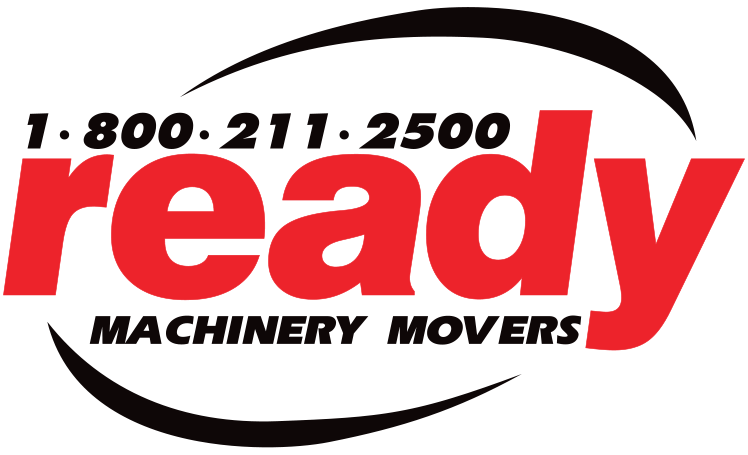Transporting heavy equipment involves safety and legal considerations. Modern machinery is built to last and perform in the most demanding operating environments – especially with proper care. But what you do need to relocate your fleet or machines?Getting machinery transported can be a challenge. When you are planning to move, safety is paramount. You want to keep your team and others safe during the whole process.Here are some dos and don’ts for transporting equipment.DO:
- Plan ahead. Don’t let your machinery go anywhere until you have all steps in the process. This can minimize issues, ensure it arrives on time, and give you time to get all the necessary details lined up.
- Ensure you have a suitable vehicle to transport to get your heavy machinery to the next site successfully. Size is an essential consideration – if you choose one that is too small, you could damage the contents. If it is too large, it could fall out of place.
- Pre-inspect all equipment for safety and regulatory compliance. If possible, have an assistant or second worker double-check and confirm.
- Log and report damages or other potential abnormalities immediately before continuing and consult with your supervisor.
- Use a spotter when lifting heavy equipment on or off a large vehicle.
- Ensure that proper warning signs, flaggers and barricades are in place to keep the public out of harm’s way when on or off the road.
- Watch the road for overhead obstructions such as broken trees or out-of-place power lines.
- Secure all loaded cargo by double-checking restraints and positioning within the vehicle. Have you placed the equipment properly and secured or locked it into place? The last thing you want to do is damage equipment. Loose contents can also be a danger to others on the road.
- Be patient with the process – moving heavy machinery is a serious job. Never try to rush the process; you could hurt yourself or others.
DON’T:
- Forget to wear your seat belt and keep it on at all times– no matter what you’re driving (e.g. truck, loader, grader, or bulldozer).
- Drive above the speed limit. A heavy machinery vehicle will roll over with lethal threat, and contents may fall out and explode or contaminate the environment.
- Allow fellow riders or passengers to accompany you unless the vehicle’s design and regulations permit it.
- Begin to re-fuel until you have thoroughly checked the surrounding area for possible ignition sources or someone smoking.
- Run your engine in closed areas unless sufficient ventilation allows for it. Remember: It is always better to be safe than sorry.
- Merge lanes until entirely sure that blind spots are accounted for, and you’ve signalled your lane change with plenty of warning. Allow enough space to turn ahead of time. Careless and irresponsible driving can lose you your license, job, or life.
- Let any of your mounted equipment – or the vehicle itself – touch a power line. Stay at least 10 feet away. High voltage power lines are hazardous and shoot 50,000 volts or more.
- Play loud music – if any at all. Never wear headphones or earphones while driving.
Don’t forget to hire professional machinery movers every time to avoid injury and additional costs.
